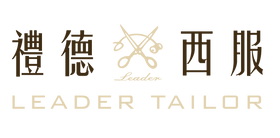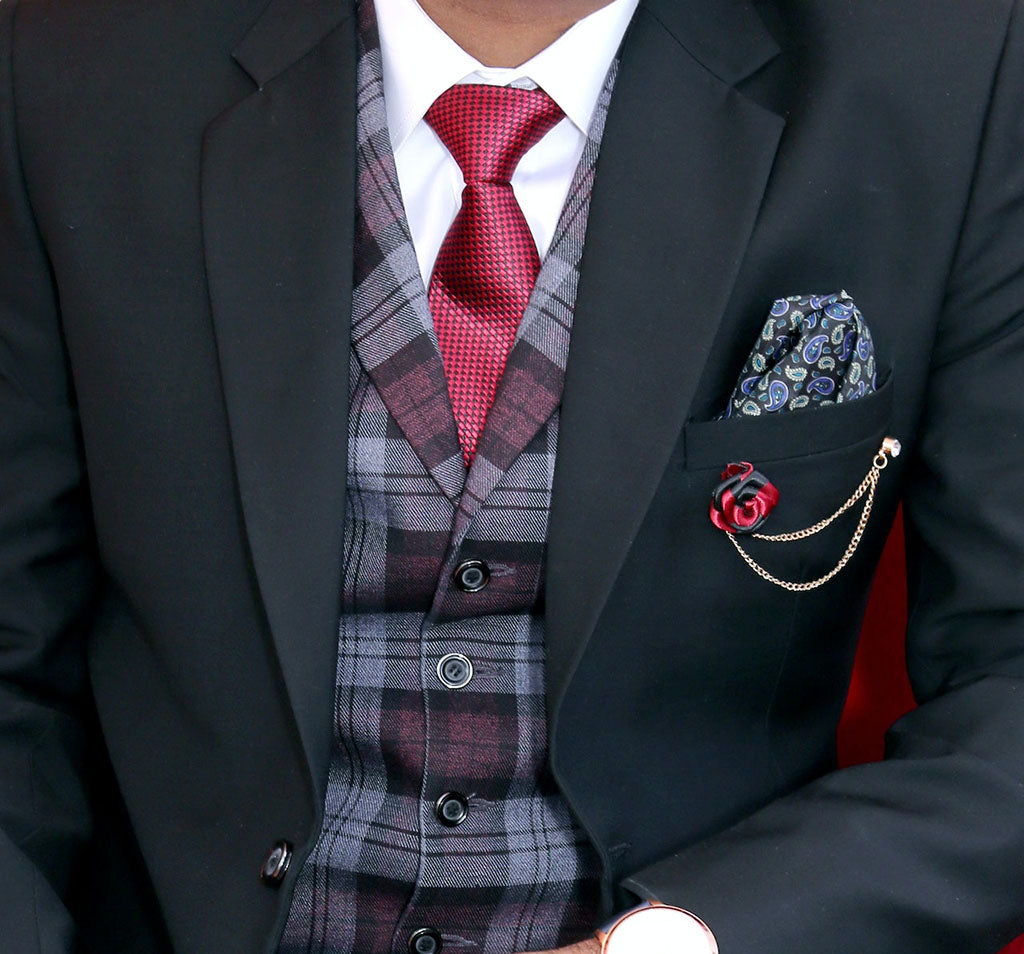In foreign streets, it's common to see stylish men of all ages incorporating suit vests into their everyday outfits, while in Taiwan, they're mostly reserved for formal occasions. In reality, a suit vest is the perfect accessory to add depth to an outfit. This article outlines 10 key tips for choosing a suit vest and styling it, making it easy to achieve a fashionable look.
The suit vest is a standard component of a three-piece suit, but many men have opted to wear just the suit jacket and trousers for convenience, making the vest seem optional. In reality, a suit vest is highly practical and can enhance your fashion sense while giving you a more tailored appearance. The fabric and tailoring details of the vest are crucial. Let’s explore how to choose a great suit vest that will be a valuable addition to your wardrobe.
Functions and Benefits of a Suit Vest
1.Shapes the Body
A suit vest functions much like a woman's corset, using structured fabric to accentuate the waistline. For many Taiwanese men, common concerns like a beer belly or a "tuna belly" can be cleverly concealed with a well-fitted vest. The adjustable back strap helps create a visual effect of an inverted triangle. Typically, the vest is the same color as the trousers, which effectively elongates the appearance of the legs.
2.Secures the Shirt, Replaces the Suit Jacket
For slimmer men, shirts can easily come untucked during movement, affecting their overall look. In colder weather, a suit jacket can cover the shirt's wrinkles at the waist. However, during hot summer days, wearing a full suit jacket all day can lead to overheating. In such cases, pairing a suit vest with a shirt is the best choice.

3.Enhances Visual Depth
Adding a vest to your outfit creates varied visual effects. If you're a style expert, consider using different materials or colors to enhance the layering. For example, contrasting shades between the suit jacket and the vest can showcase a fashionable, gentlemanly vibe.

10 Key Points for Choosing a Suit Vest
1. Fabric Selection
Just like jackets and trousers, there are many materials to choose from for suit vests. The classic fabric is wool, known for its durability and elegance. For more casual options, consider linen, denim, or pure cotton. Each fabric conveys a different vibe, but for formal or business settings, it’s best to select a vest made from the same material as your suit for a cohesive look.
For further reading: [Suit Fabric Guide] How to Choose the Right Fabric for Your Suit.
2.Button Material
Buttons can be either single-breasted or double-breasted. The more buttons there are, the higher the V-shape at the chest, so choose according to your personal preference. It's important to pay attention to the button material; using cheap or low-quality buttons can significantly detract from the overall quality of the vest. Poor-quality buttons may become loose or even fall off, negatively impacting your wearing experience.

3.Matching with Pants
The colors of the vest and pants should complement each other. The simplest and safest way is to choose pieces in the same color family for a cohesive look. If you want to achieve a more casual style, denim jeans are a great entry-level option.
Related Reading: How to Style Suit Pants? Start by Choosing the Right Fabric.

4.Fit is Essential
A well-fitting vest should hug the body’s contours, particularly around the shoulders and length. It should be buttoned when worn; if it’s too small or tight, it will be uncomfortable, while a vest that is too large will look baggy and unkempt. Always try on vests before purchasing. If your budget allows, custom tailoring can ensure the best fit and appearance.

5.Hem Length
Regardless of whether the hem is a straight cut or a V-shape, the vest should cover the waistband or the top of the trousers to avoid exposing the shirt underneath. Choose the appropriate size based on your height and body shape, as off-the-rack sizes may not meet your needs. It’s advisable to get alterations done in advance or consider custom tailoring for a polished look.

6.Pockets are Essential
It's recommended that your vest includes pockets. A chest pocket can hold a pocket square for a touch of elegance, enhancing the gentlemanly vibe and preventing a monotonous look when worn alone. There are various pocket designs available, so consult with your tailor for the best style that suits you.

7.Don’t Overlook the Lining
Typically, the lining should match the suit’s exterior fabric to reduce friction and static, enhancing comfort. If opting for a standalone vest, choose one with a fabric design on the back for better breathability and a sharper visual appearance.

8.Add Patterns
Some men believe that patterned vests are difficult to pair, opting instead for solid colors. In reality, any patterned vest can enhance the elegance of a solid suit jacket and showcase personal style. Common patterns like checks, stripes, or polka dots are simple yet stylish.

9.Shoulder Width
The shoulder line of a vest is generally narrower than that of a shirt, helping to enhance a man's proportions and making the shoulders appear broader.
10.Collar
Vests with lapels highlight style and taste, while the collar design adds weight to the overall look, preventing it from appearing too flimsy. Collarless styles convey a vintage and formal vibe, representing the classic design of a three-piece suit.

Have you noticed how a quality vest is versatile and durable? Whether you can become a stylish man depends on the cut and fabric of the vest. Consider consulting for a tailored vest—you'll find that spending your money wisely adds even more value to your wardrobe.




